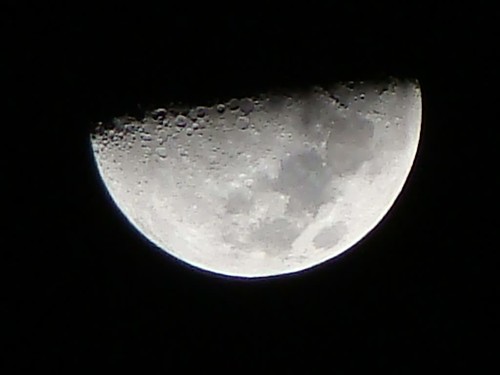Turning the space race into an official contest has accelerated interest in space travel and related endeavors. But hurried development could result in projects that harm both earth and space. It's not that competing organizations necessarily intend that to happen. The problem is that implementing green solutions may extend the time it takes to reach the moon, making one project less competitive than another.
For this reason, we urge contest sponsors and contestants to exercise care in how their goals to achieve a first in space are carried out.
The table below provides information on the major contests being run today, including the name of the sponsor, the amount of the prize and guidelines.
|
| 
|
Google in cooperation with the X-Prize Foundation |
$20 Million grand prize, $5 Million Second Prize, $5 Million in bonuses |
Be the
first privately funded team to
send a robot to the moon, travel
500 meters and transmit video,
images and data back to the Earth After 2012 the prize drops to $15 million until December 2014, when the contest will end. To win second prize, a team must land its rover on the moon and send data back to Earth, but it's not required to travel 500 meters. A team can collect bonus money for traveling farther than that distance.
more information |
|
 |
NASA in cooperation with the X-Prize Foundation |
| $2 Million |
The Challenge is designed to accelerate commercial technological developments supporting the birth of a new generation of Lunar Landers capable of ferrying payloads or humans back and forth between lunar orbit and the lunar surface. Such a vehicle would have direct application to NASA’s space exploration goals as well as the personal spaceflight industry, including the Google Lunar X PRIZE competitors.
more information |
|
|
|
NASA |
| from to $300,000 to $2 million per challenge |
The Centennial Challenges seek to:
- Drive progress in aerospace technology of value to NASA's missions
- Encourage the participation of independent teams, individual inventors, student groups and private companies of all sizes in aerospace research and development
- Find the most innovative solutions to technical challenges through competition and cooperation
Seven current challenges:
- Lunar Regolith Excavation
- General Aviation Technology
- Lunar Lander
- Power Beaming and Tether
- Astronaut Glove
- Lunar Oxygen Production or MoonROx
more information |
 |
They Can Learn |
| $250,000 for each winning robot |
An open competition for smart robots performing operations involving high-risk tasks: mining, excavation, construction, maintenance and repair.
more information |
|
 |
Spaceward Foundation |
| $1.1 Million |
Build a climber that scales a tether using only beamed power from the ground.
more information |
|




